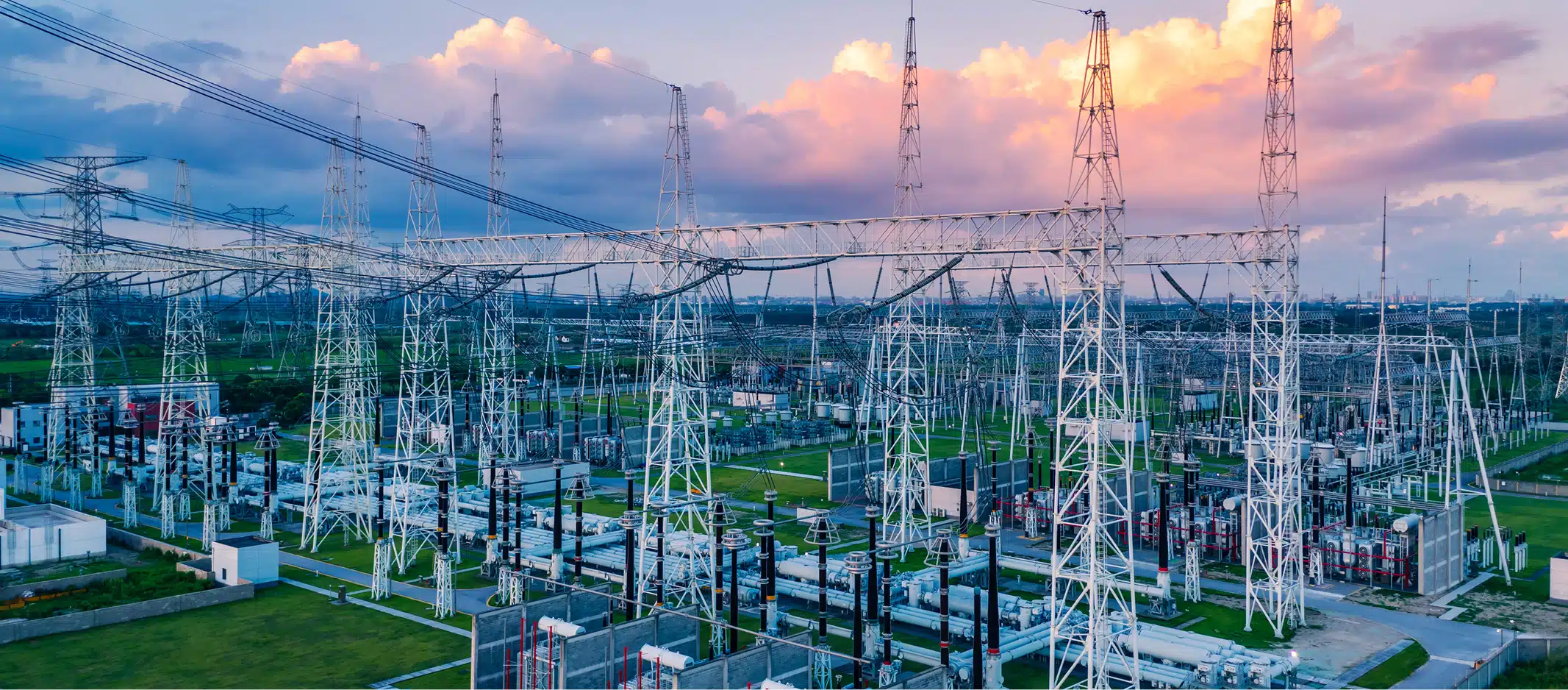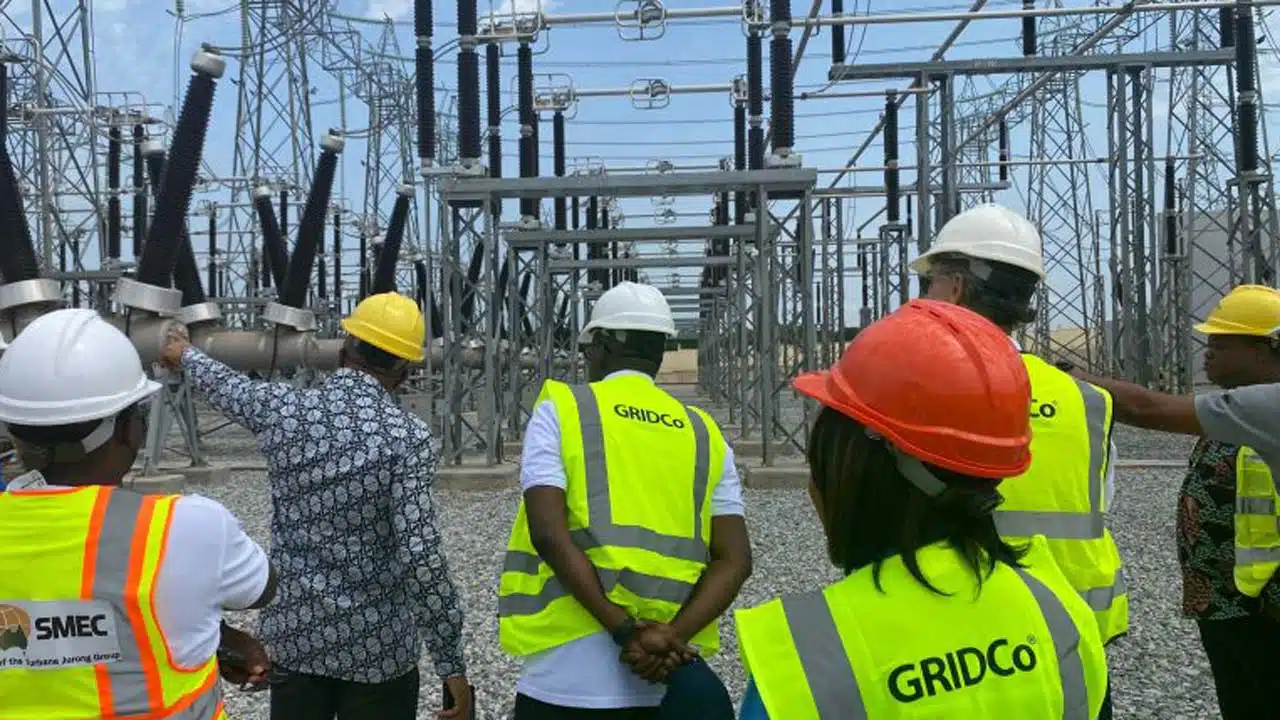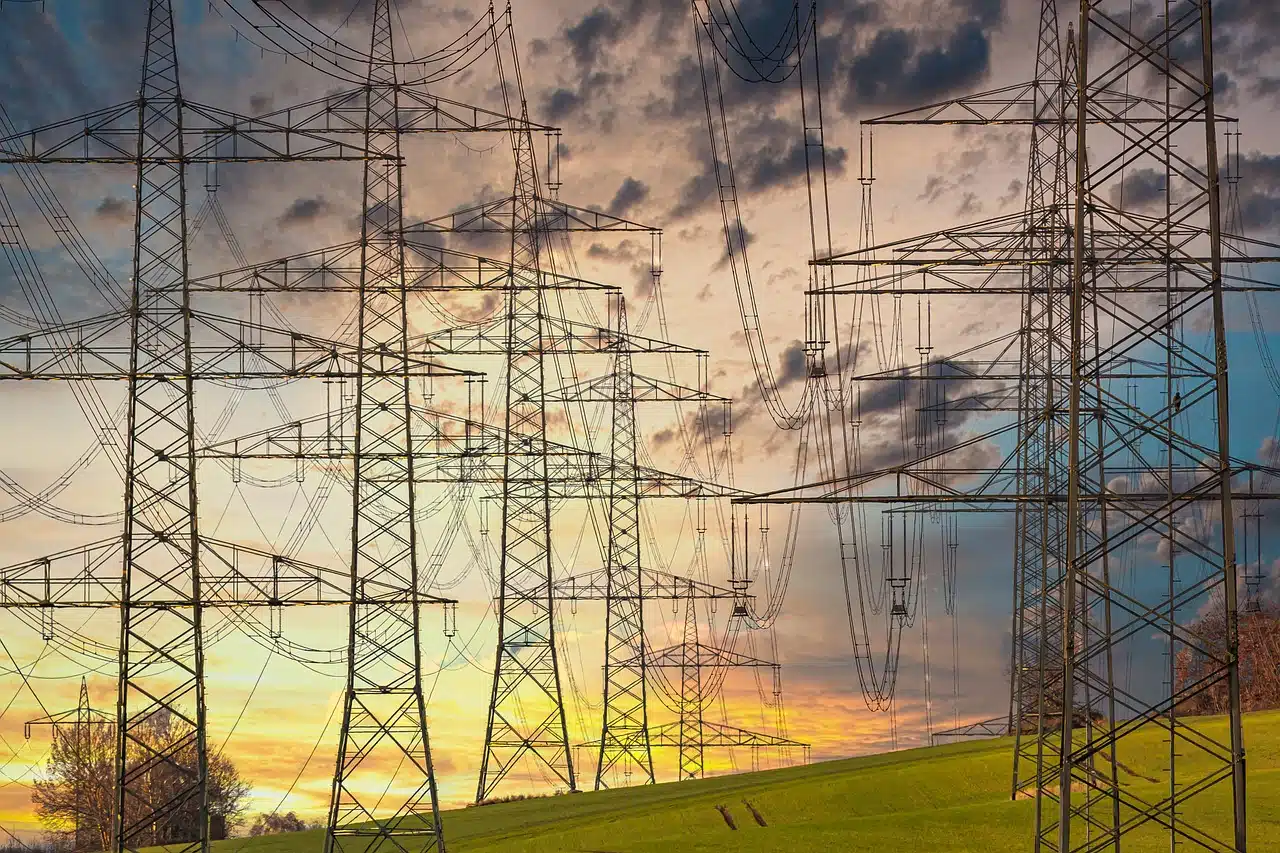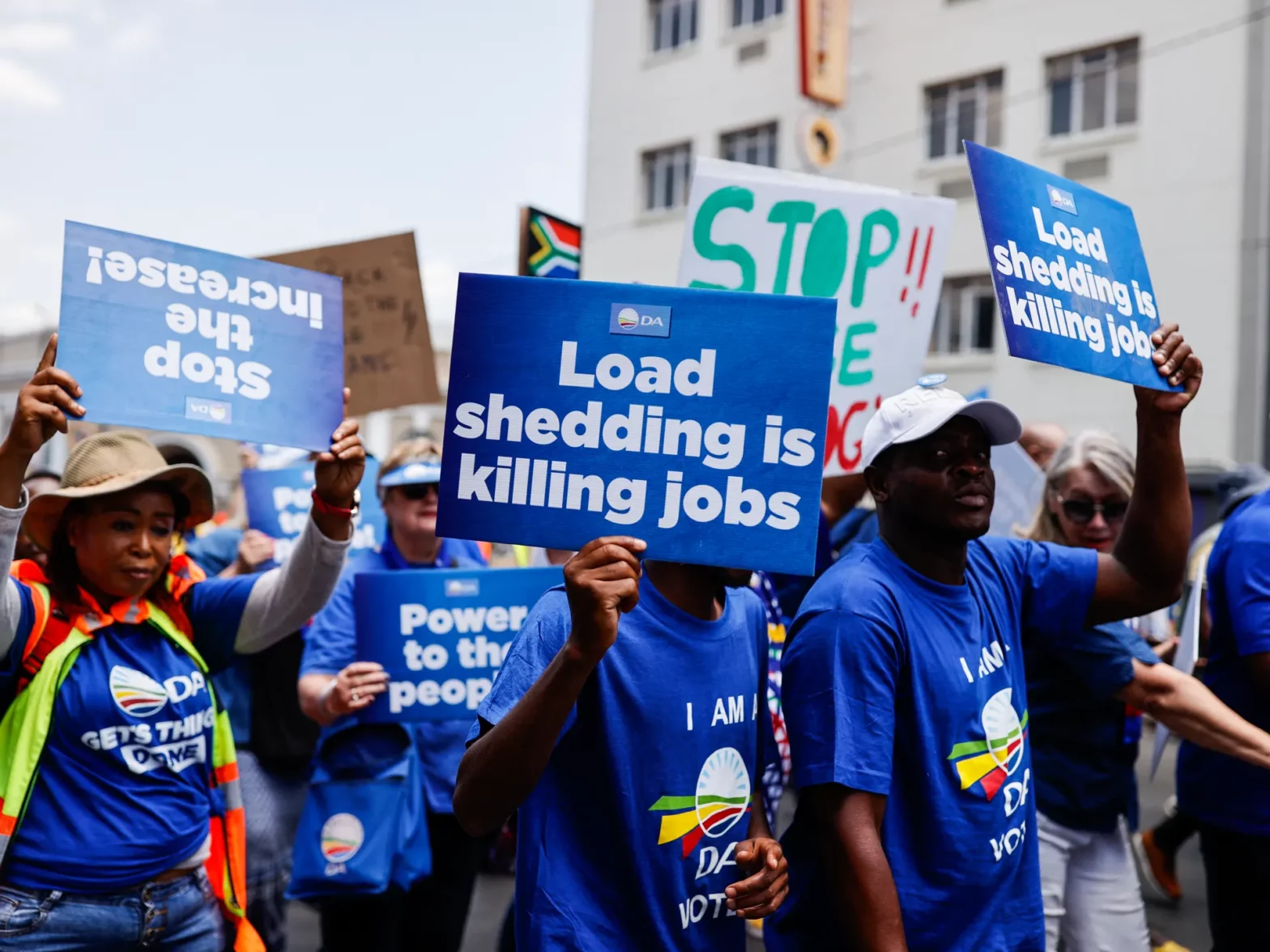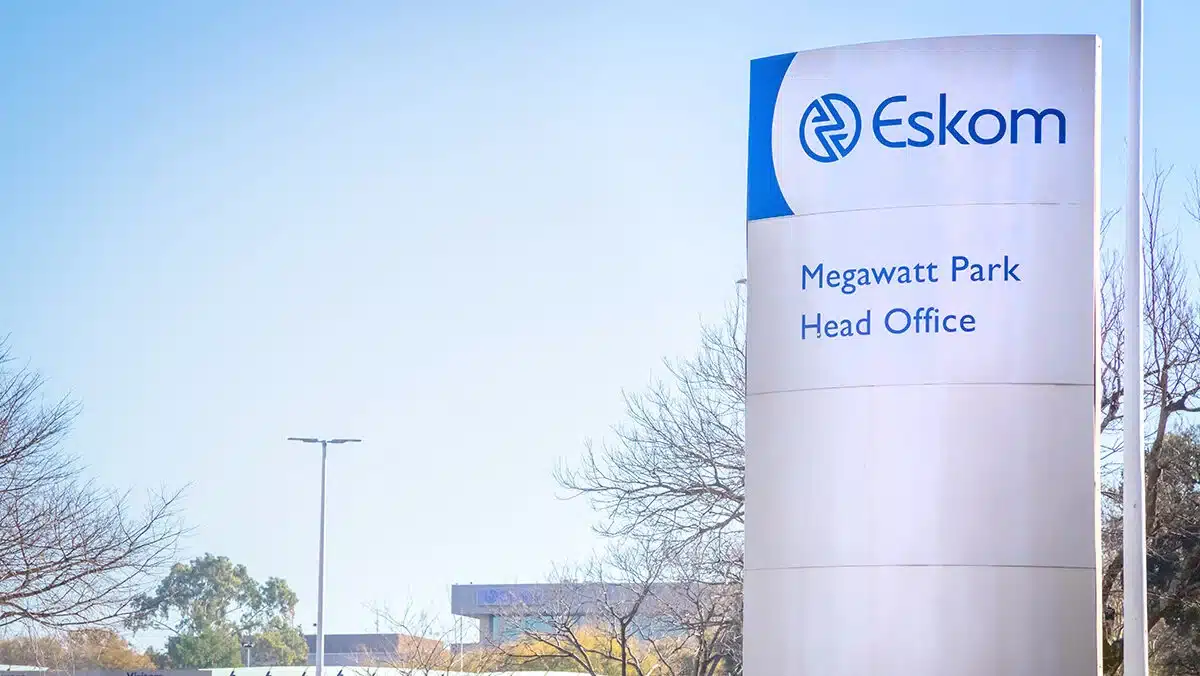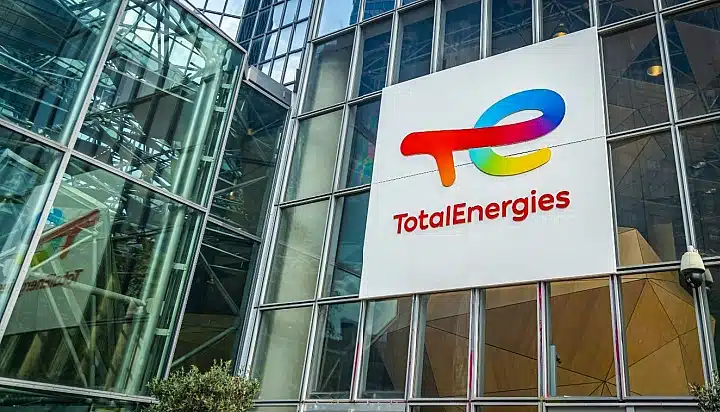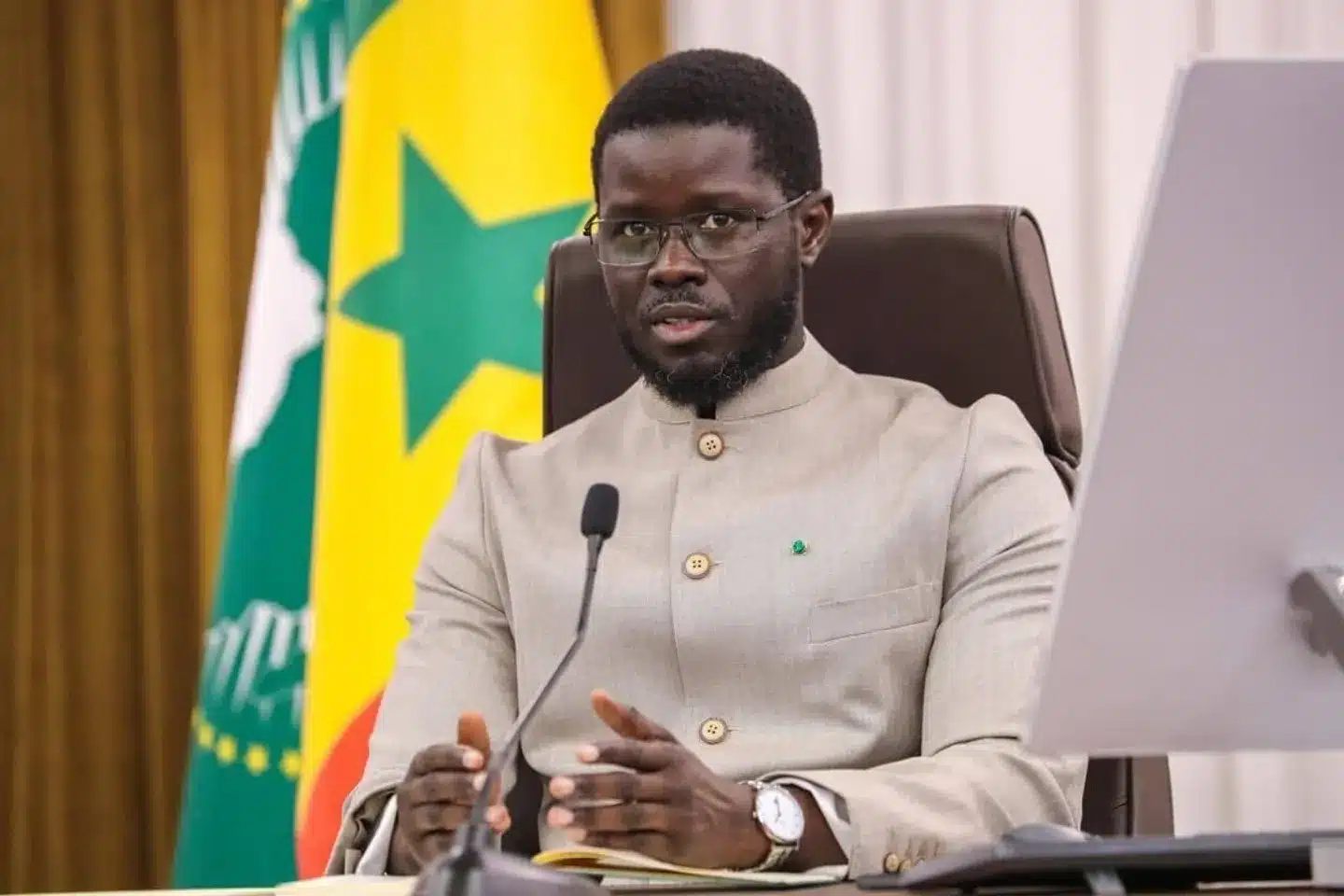Namibia is embarking on a bold experiment to bridge its electricity access divide.
With a N$140 million subsidy allocation, equivalent to around $7.9 million, the government aims to expand national electricity coverage from 60 percent to at least 70 percent by 2030.
More than 200,000 additional households are expected to be connected to the grid, most of them in rural or peri-urban communities that have long remained in the shadows of the country’s development.
The move is significant not only for its fiscal commitment but also for what it says about policy direction.
At a time when several African countries are scaling back subsidies to contain deficits, Namibia’s choice to expand support for electricity access stands out.
The country is effectively signalling that public funds can still be used strategically to address structural inequalities.
Take Nigeria as a contrasting case. In 2024 alone, the West African giant reportedly spent over N1.94 trillion—roughly $11 billion—on electricity subsidies.
The figure more than quadrupled the initial budget of N450 billion, prompting the government to reduce its support.
The change, which targeted the highest-consuming users, resulted in a 3.4-fold tariff hike for premium bands and sparked widespread protests.
In the first quarter of 2025, the electricity subsidy bill still stood at ₦536 billion, prompting further reviews.
Nigeria’s experience highlights the risks associated with an unsustainable subsidy framework.
Yet Namibia is charting a different course, with a focus not on reversing support but on targeting it more effectively.
The government is directing funds to electricity distributors under clearly defined performance agreements, with the goal not only to install infrastructure but also to ensure it reaches the people who need it most.
Targeted expansion, not blanket spending
At the centre of Namibia’s strategy is a belief that subsidies, when well designed, can be developmental tools rather than fiscal burdens.
The subsidy programme has been structured through Service Level Agreements signed between the Ministry of Mines and Energy and regional electricity distributors (REDs).
These agreements commit each recipient to clear targets—ranging from the number of households to be connected to the type of infrastructure upgrades expected.
The allocations are spread across a diverse group of implementers.
The City of Windhoek received N$30 million, building on a prior N$15 million fund that connected more than 800 homes in the capital’s peri-urban areas.
Cenored RED was awarded N$36 million to support household connections and to upgrade solar hybrid stations in Tsumkwe and Gam.
Erongo RED and Nored were each allocated N$20 million, while Oshakati Premier Electric joined for the first time with N$7 million.
A solar mini-grid in Puros village, managed by the Environmental Investment Fund, is being developed with an additional N$8 million.
The distribution of funds shows an intentional effort to spread benefits across the country’s geographic and economic spectrum.
Each project is expected to contribute to Namibia’s broader development goals under Vision 2030 and the Fifth National Development Plan (NDP5), which prioritise inclusive infrastructure and social equity.
Minister of Mines and Energy, Natangwe Ithete, has been vocal about the duty to provide electricity to all Namibians.
His colleague, Executive Director Ben Nangombe, described the effort as more than just delivering wires and transformers—it is about building trust between government policy and community well-being.
Electricity inequality and the limits of market logic
Namibia’s electricity challenge is both technical and geographic. Despite political stability and reasonable economic performance, access to reliable electricity remains uneven.
Urban areas are relatively well served, but rural communities often lack basic infrastructure.
The national grid reaches around 60 percent of the population, yet this figure masks sharp disparities between regions.
In many parts of the country, especially where households are widely dispersed, extending grid infrastructure is not economically viable.
The private sector has little incentive to invest in regions where returns are limited or uncertain.
Public intervention becomes not only necessary but also morally and economically justified.
The risks of neglecting these communities are well documented.
Without access to electricity, households often rely on polluting alternatives such as kerosene or firewood.
Children cannot study at night, clinics cannot refrigerate vaccines, and small-scale businesses cannot operate efficiently.
The result is a cycle of poverty and exclusion that undermines national development.
Namibia’s subsidy model recognises this reality.
It accepts that equity in access sometimes requires the state to shoulder upfront costs where markets fail.
The programme is also aligned with the country’s growing renewable energy capacity, ensuring that new connections do not merely draw on imports but integrate with domestic, cleaner energy sources.
A renewable-backed expansion strategy
Namibia is coupling its subsidy scheme with investments in solar, wind, and biomass to diversify its energy mix and reduce dependence on regional imports.
Projects like the Omburu solar farm, commissioned in 2022 with a capacity of 20 megawatts, offer a glimpse into this shift.
The upcoming Sores-Gaib solar plant (100 megawatts) and the Innovent Diaz wind project further strengthen this decentralised energy strategy.
The country is also developing a 58-megawatt battery energy storage system in the Erongo region.
These investments are more than just green; they are pragmatic.
Namibia currently imports up to 60 percent of its electricity, exposing it to price fluctuations and supply instability in neighbouring countries like South Africa and Zimbabwe.
By expanding domestic generation and extending subsidised connections in tandem, Namibia hopes to create a virtuous cycle.
Local power generation can feed newly connected homes and businesses, while new consumers can improve cost recovery and system efficiency.
The Puros village mini-grid in Kunene region illustrates how these goals intersect.
Funded through the Environmental Investment Fund, the project is expected to deliver solar power to a remote community without relying on the national grid.
It is a model of how decentralised renewables can complement, not compete with, grid expansion.
Governance and accountability through SLAs
For many subsidy programmes in Africa, the greatest concern is not ambition but delivery. Weak governance, political interference, and corruption have frequently hindered well-intentioned interventions.
Namibia’s attempt to mitigate these risks rests on the framework of Service Level Agreements.
These agreements require implementing partners to commit to specific targets and timelines.
Disbursement of funds is contingent on demonstrated progress.
This arrangement introduces a layer of accountability that has historically been missing from many infrastructure projects on the continent.
The earlier round of funding to the City of Windhoek demonstrated some early success, with over 800 households connected on a N$15 million budget.
While the scale was modest, the experience is instructive.
It shows that structured delivery models with measurable outcomes can work, especially when paired with political will.
The challenge will be maintaining consistency as more players come on board.
Sustaining quality, avoiding duplication, and ensuring that the subsidy delivers durable connections—not just installations—will be critical to long-term credibility.
Managing costs without undermining access
Even when infrastructure reaches communities, affordability remains a hurdle.
Households that are connected but unable to pay for electricity risk becoming disconnected or reverting to informal sources.
In this sense, the subsidy’s impact does not end with the installation of cables and meters.
Namibia may need to consider complementary measures such as lifeline tariffs for low-income users or cross-subsidisation between wealthier and poorer customers.
Otherwise, the risk is that newly connected households may be left in the dark due to unaffordable pricing.
This consideration also feeds into the long-term viability of the infrastructure itself. If customers cannot pay, the distributors may not recover enough to maintain or expand services.
The SLAs will need to build in provisions for operations and maintenance, not just initial capital outlays.
What other countries can learn
Namibia’s experience sits somewhere between the extremes.
Unlike Nigeria, it has avoided large-scale subsidies that distort fiscal balance without improving outcomes.
Yet, unlike South Africa or Kenya, it is not relying solely on market-based reforms or donor-driven solar schemes.
Instead, it offers a hybrid model, featuring modest, targeted subsidies linked to renewable investments and governed through performance agreements.
This design may provide a replicable blueprint for other African nations grappling with electricity access gaps, but wary of unsustainable public spending.
In South Africa, government support has helped extend grid and off-grid access to township residents, while Kenya has expanded net metering and off-grid solar solutions.
Namibia is learning from these approaches while charting a path that suits its own geography and population structure.
Conclusion: Will the lights stay on?
Namibia’s electricity subsidy programme is not just about expanding access.
It is about redefining how public resources can be deployed to correct long-standing infrastructure inequalities.
The model ties funding to results, decentralises implementation, and connects communities to clean and domestic power sources.
But the road ahead is not without hurdles.
Affordability, maintenance, and political continuity will all shape the programme’s legacy.
If managed well, the initiative could help Namibia close its energy gap and set an example of how subsidies, far from being outdated, can still serve a clear and strategic purpose.
As more African countries grapple with the politics of energy pricing, Namibia’s model may serve as a timely reminder that equity is not a luxury—it is a necessity.

